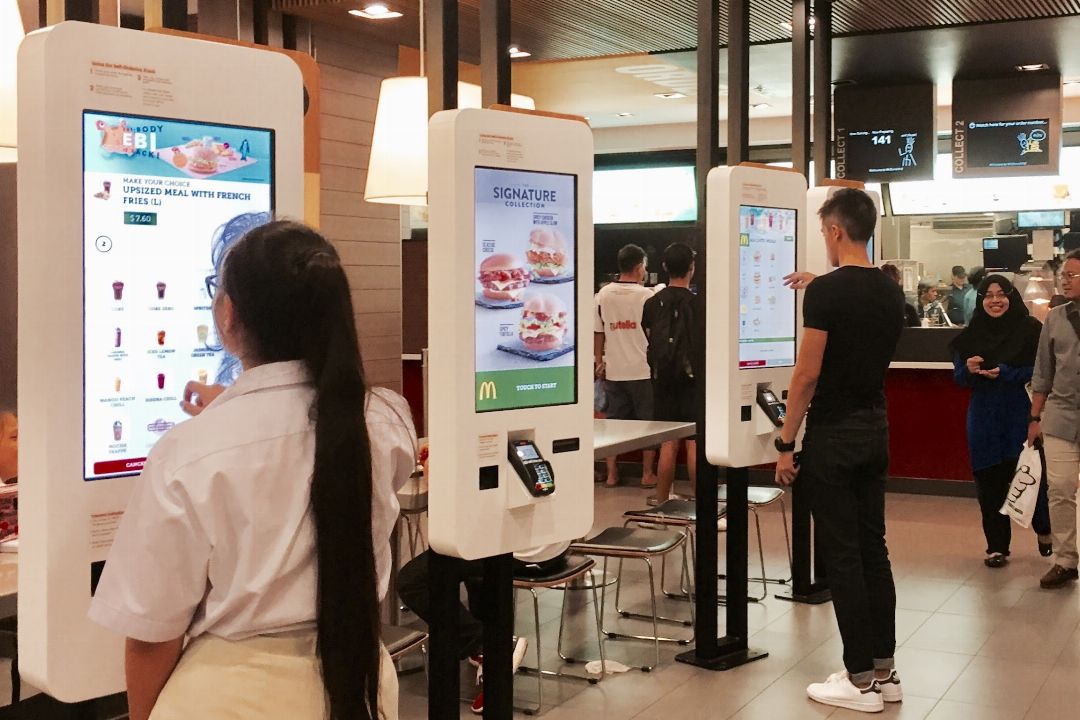The Rise of Megaretailers

The rise of huge mass merchandisers and specialty superstores, the formation of vertical marketing systems, and a rash of retail mergers and acquisitions have created a core of superpower megaretailers. Through their superior information systems and buying power, these giant retailers can offer better merchandise selections, good service, and strong price savings to consumers. As a result, they grow even larger by squeezing out their smaller, weaker competitors.
The megaretailers have shifted the balance of power between retailers and producers. A relative handful of retailers now control access to enormous numbers of consumers, giving them the upper hand in their dealings with manufacturers. For example, in the United States, Home Depot's sales of $84.7 billion are close to 13 times those of major supplier Black & Decker, and Home Depot generates well over 20 percent of Black & Decker's $6.5 billion in revenues. Home Depot can, and often does, use this power to wring concessions from Black & Decker and other suppliers.25
Chapter 13 | Retailing and Wholesaling 411 Growing Importance of Retail Technology
Retail technologies have become critically important as competitive tools. Progressive retailers are using advanced information technology and software systems to produce better forecasts, control inventory costs, interact electronically with suppliers, send information between stores, and even sell to customers within stores. They have adopted sophisticated systems for checkout scanning, RFID inventory tracking, merchandise handling, information sharing, and interacting with customers.
Perhaps the most startling advances in retailing technology concern the ways in which retailers are connecting with consumers. Today's customers have gotten used to the speed and convenience of buying online and to the control that the Internet gives them over the buying process. "The Web provides shopping when you like it, where you like it, with access to gobs of research—from a product's attributes to where it's cheapest," says one retail technology expert. "No real-world store can replicate all that."
But increasingly, retailers are attempting to meet these new consumer expectations by bringing Web-style technologies into their stores. Many retailers now routinely use technologies ranging from touch-screen kiosks, handheld shopping assistants, customer-loyalty cards, and self-scanning checkout systems to in-store access to store inventory databases. Consider the following examples:26
Today's customer doesn't always have the patience for traipsing around for the perfect cashmere scarf or obscure French novel. So Barnes & Noble and other retailers are installing in-store kiosks that allow people to search inventory, locate merchandise, and order out-of-stock items. For impatient online customers who don't want to wait for the UPS truck, many retailers now offer in-store pickup. Circuit City promises that online purchases will be available for pickup in 24 minutes. If the item isn't ready, shoppers get a $24 gift card. Circuit City reports that 50 percent of its online orders are
now picked up in stores. Importantly, getting people to show up at stores gives the retailer the opportunity to sell them more stuff.
A Bloom supermarkets, owned by Food Lion, have poured money into a sophisticated system that allows shoppers to pick up a scanner and grocery bag at the front of the store, keep track of the bill as they shop, download the scanner and grocery bag at the self-service checkout, and pay. Voilà—the weekly food run with fewer hassles, in Internet time. Along the way, a computerized kiosk in the wine section lets shoppers scan a bottle and get serving suggestions. The kiosk, and a second one in the meat section, lets them print recipes off the screen. And if shoppers drop off a prescription, the pharmacy can send a message to the scanner when their order is ready. Visitors to Shopbloom.com can even key in a shopping list before going to the store to get a printout of aisles they need to hit.
Continue reading here: Global Expansion of Major Retailers
Was this article helpful?
Readers' Questions
-
Chica1 year ago
- Reply